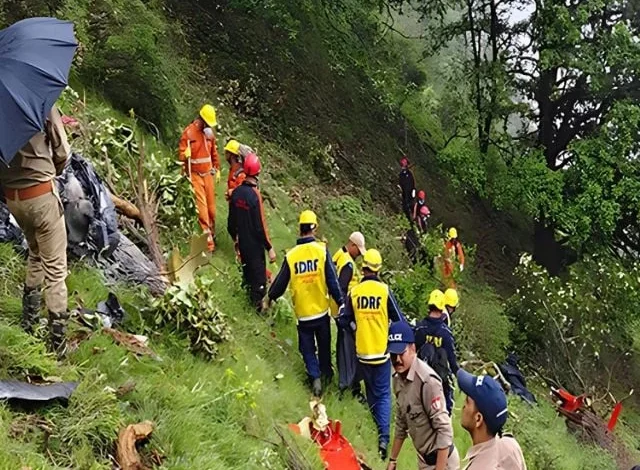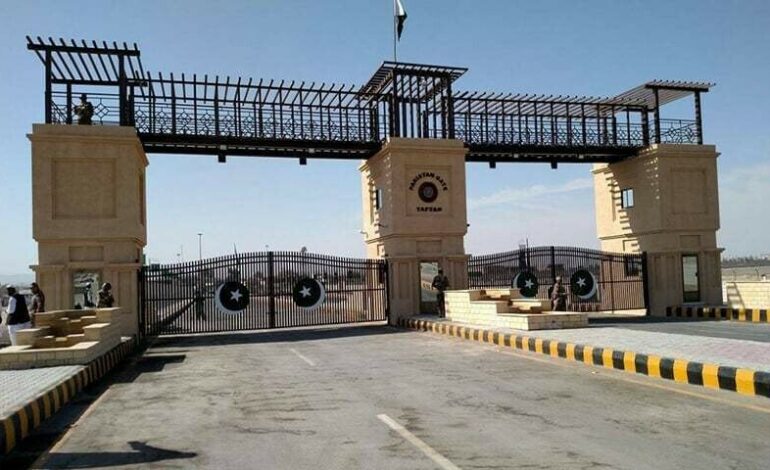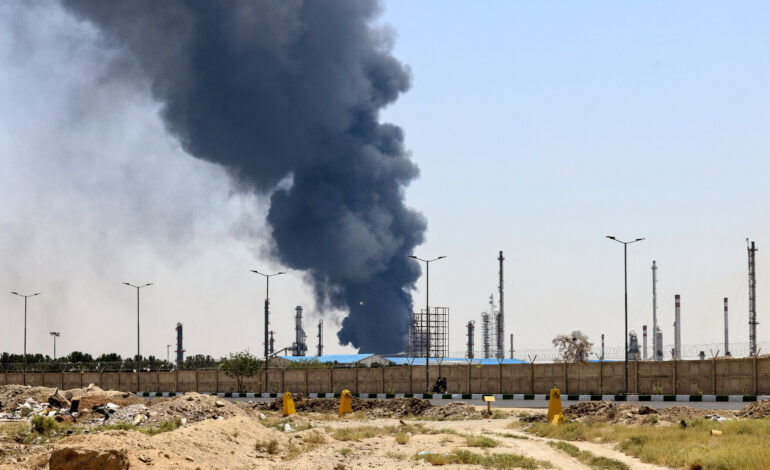
What Israel’s Strikes on Iran’s Oil and Gas Infrastructure Mean for the Global Energy Industry
In a dramatic escalation of tensions between Israel and Iran, Israeli airstrikes over the weekend targeted key Iranian oil and gas installations — a move that analysts warn could have far-reaching implications for the global energy market.
The strikes, which began late Friday, reportedly aimed at Iranian nuclear infrastructure and military targets. However, on Saturday night, Israel expanded its offensive to hit oil and gas sites for the first time, sparking fires and halting production at critical facilities.
Gas Production Halted at South Pars Field
Among the most consequential of the strikes was the one that hit Iran’s South Pars gas field — the world’s largest gas reserve, which Iran shares with Qatar (where it’s called the North Field). The Iranian oil ministry confirmed a fire broke out in Phase 14 of the facility, temporarily halting production of 12 million cubic meters of gas. Although the blaze was eventually brought under control, the incident has raised concerns across global markets.
South Pars is responsible for nearly 20% of the world’s known gas reserves and plays a pivotal role in Iran’s domestic energy supply and exports. Its partial shutdown — even temporarily — underscores the vulnerability of global energy infrastructure amid geopolitical conflict.
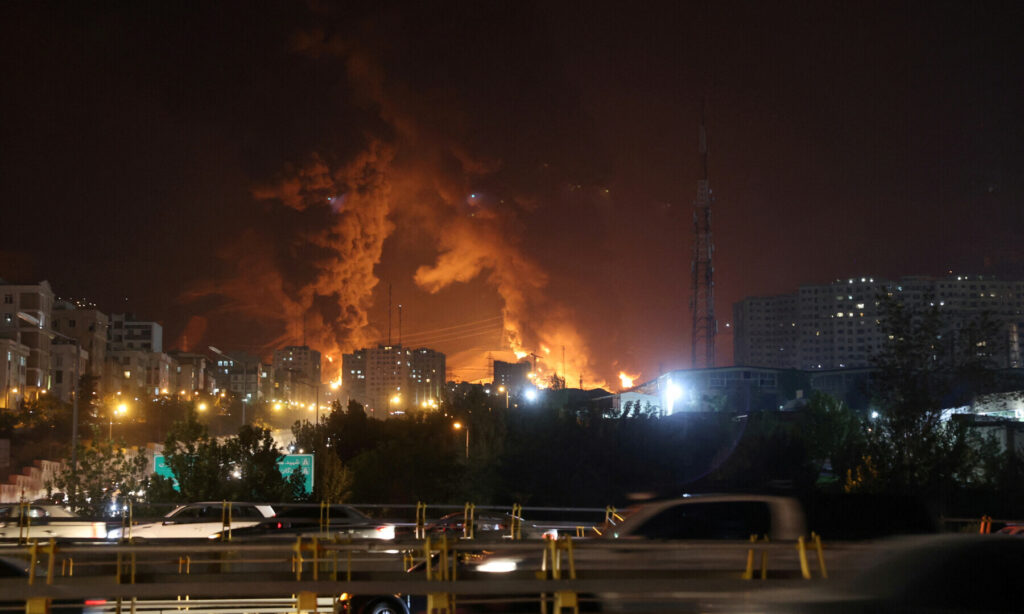
Wider Global Impact and Oil Price Volatility
Iran is the third-largest oil producer in the Organization of the Petroleum Exporting Countries (OPEC), pumping over 3 million barrels per day. The Israeli attacks come at a time when the global oil market is already sensitive to supply disruptions.
Following the initial attacks and Iran’s vow to retaliate, global oil prices surged by as much as 13%, reaching their highest levels since January 2025. Analysts attributed the sharp price spike to market fears over broader disruptions and limited global spare capacity.
“Spare capacity among OPEC and allies barely covers Iran’s output,” Reuters noted, citing industry experts. Only Saudi Arabia and the UAE are in a position to quickly increase production, and even that buffer is small — about 3.5 million barrels per day.
J.P. Morgan analysts emphasized that, excluding Saudi Arabia, most OPEC members are already producing at or near maximum capacity. Russia, the second-largest OPEC+ producer, faces its own limitations due to Western sanctions, with a realistic output increase of only 250,000 barrels per day over the next quarter.
The Strait of Hormuz: A Critical Chokepoint at Risk
The situation has grown even more precarious with Iranian military leaders openly threatening to shut down the Strait of Hormuz — the strategic waterway that handles about 20% of the world’s oil trade, including shipments from Saudi Arabia, the UAE, Kuwait, Iraq, and Iran itself.
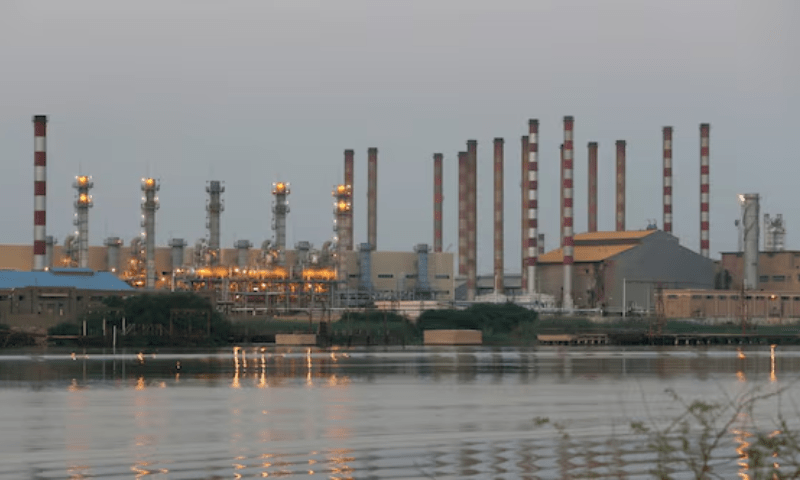
General Esmail Kosari said Tehran was reviewing its options to potentially block the strait, heightening fears of a full-scale regional energy crisis. Jamal Abdi of the National Iranian American Council called it Iran’s “trump card,” warning that even minor disruptions in the narrow channel could strangle global oil supply lines.
“If Iran responds by blocking the Strait or escalating attacks on regional energy infrastructure, we could see oil prices surge by $20 or more per barrel,” warned Jorge Leon, a former OPEC official now with Rystad Energy.
Targeted Sites in Tehran and Beyond
In addition to South Pars, Israeli strikes reportedly hit multiple sites across Iran, including:
Shahran Fuel Depot (northwest Tehran): One of the country’s largest urban fuel storage facilities, holding up to 260 million liters across 11 tanks. Fires caused extensive damage, raising concerns about Tehran’s fuel supply logistics.
Fajr Jam Gas Refining Company: A key processing center in Iran’s energy network.
Shahr Rey Oil Refinery (southern Tehran): Though Iran’s Student News Network denied direct damage to the refinery, it confirmed a nearby fuel tank caught fire.
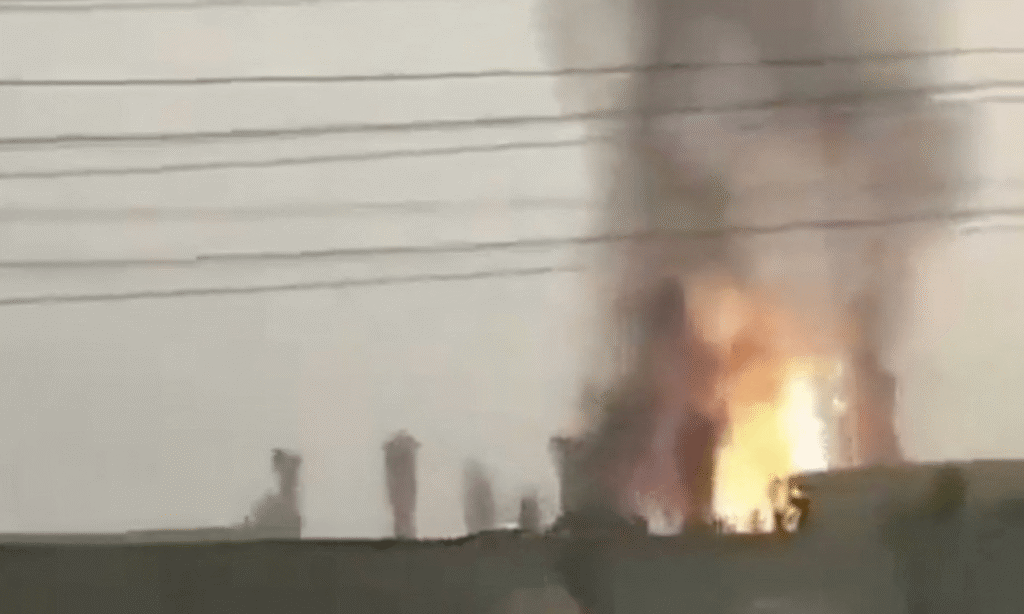
These facilities are crucial for distributing gasoline, diesel, and aviation fuel across Iran’s capital region. Disruptions here could pose a significant challenge to domestic fuel logistics in the short term.
Geopolitical Ramifications and Market Outlook
The current conflict may mark one of the most severe escalations involving energy infrastructure in the Middle East since the 2019 Abqaiq attack in Saudi Arabia. That incident briefly knocked out half of Saudi oil output and caused global prices to soar.
Richard Bronze of Energy Aspects called the latest development a “significant escalation,” adding, “We appear to be in an escalatory cycle,” and warning that more energy sites may be targeted in the coming days.
China, the largest buyer of Iranian crude — especially through private “teapot” refiners — could also be impacted if sanctions tighten or shipping becomes riskier.
Despite heavy U.S. sanctions since 2019, Iran has managed to increase oil exports, primarily to Asia. However, continued strikes could cripple that momentum and create ripple effects across Asian energy markets.

